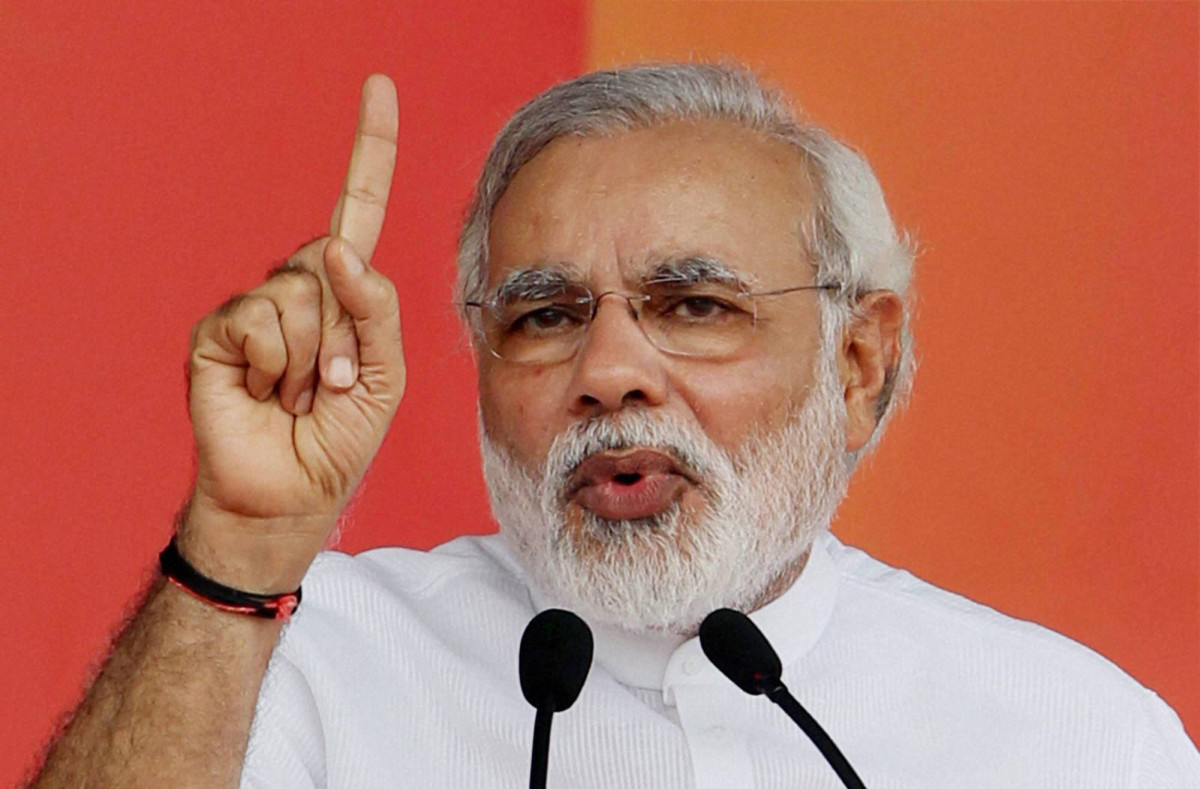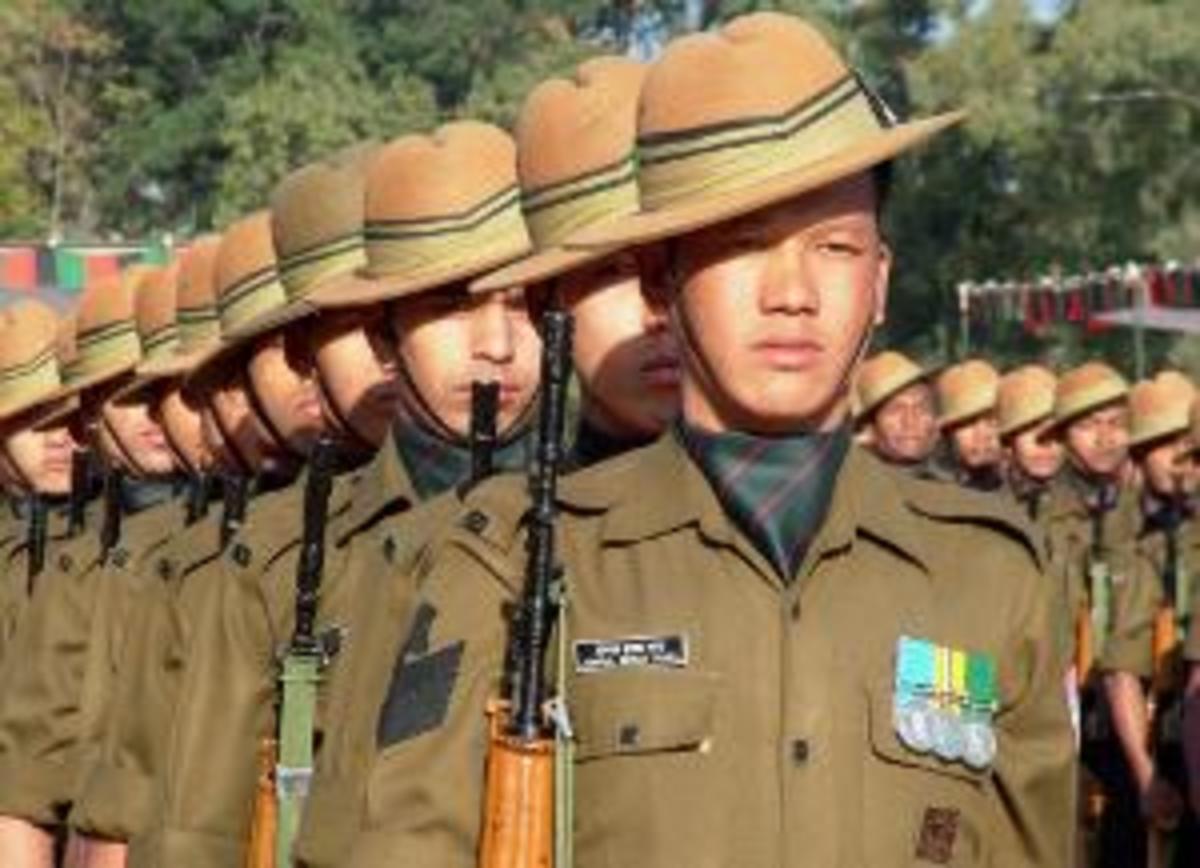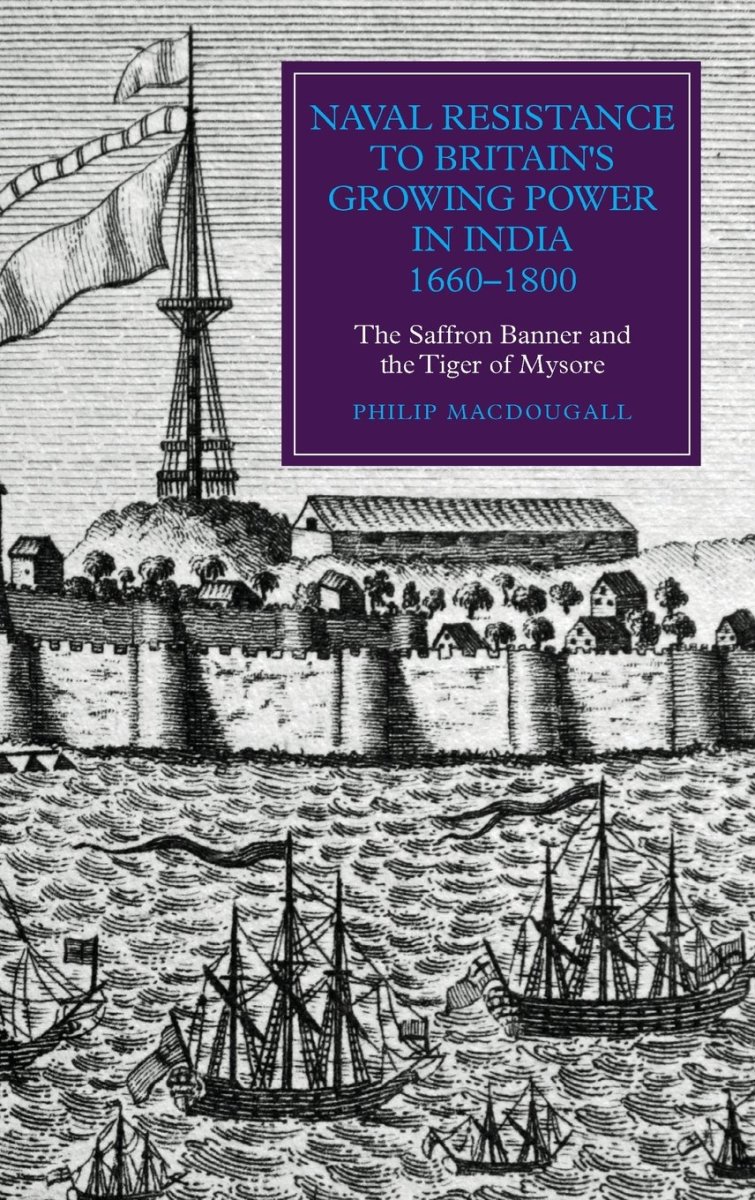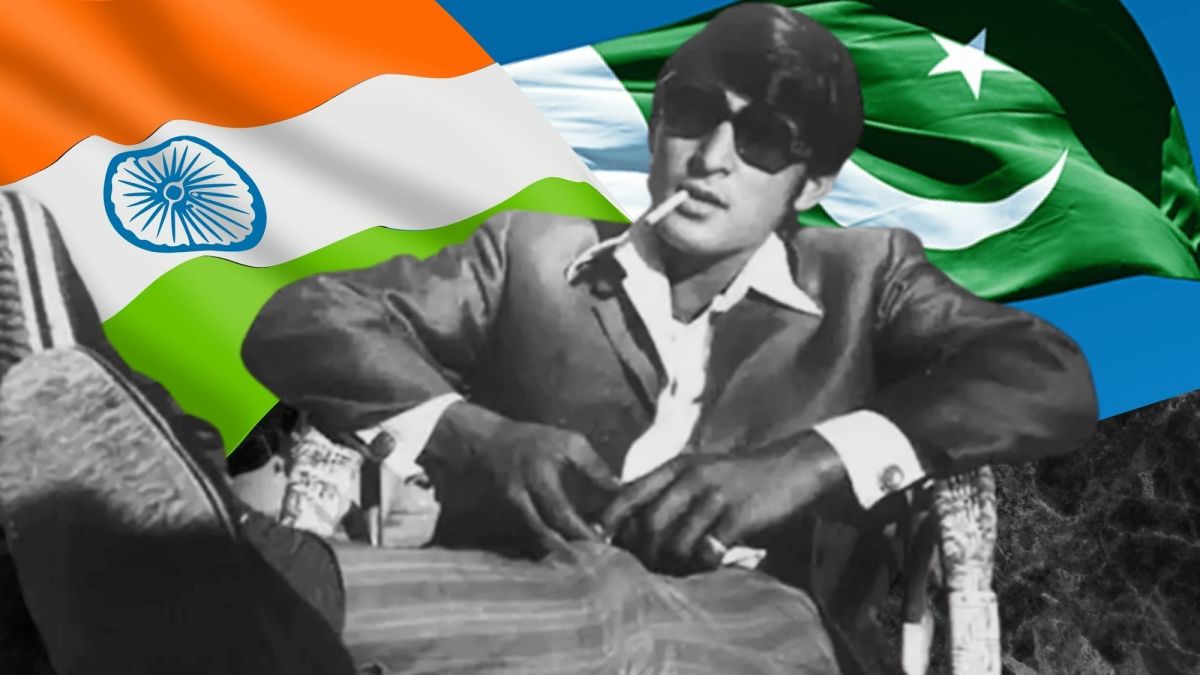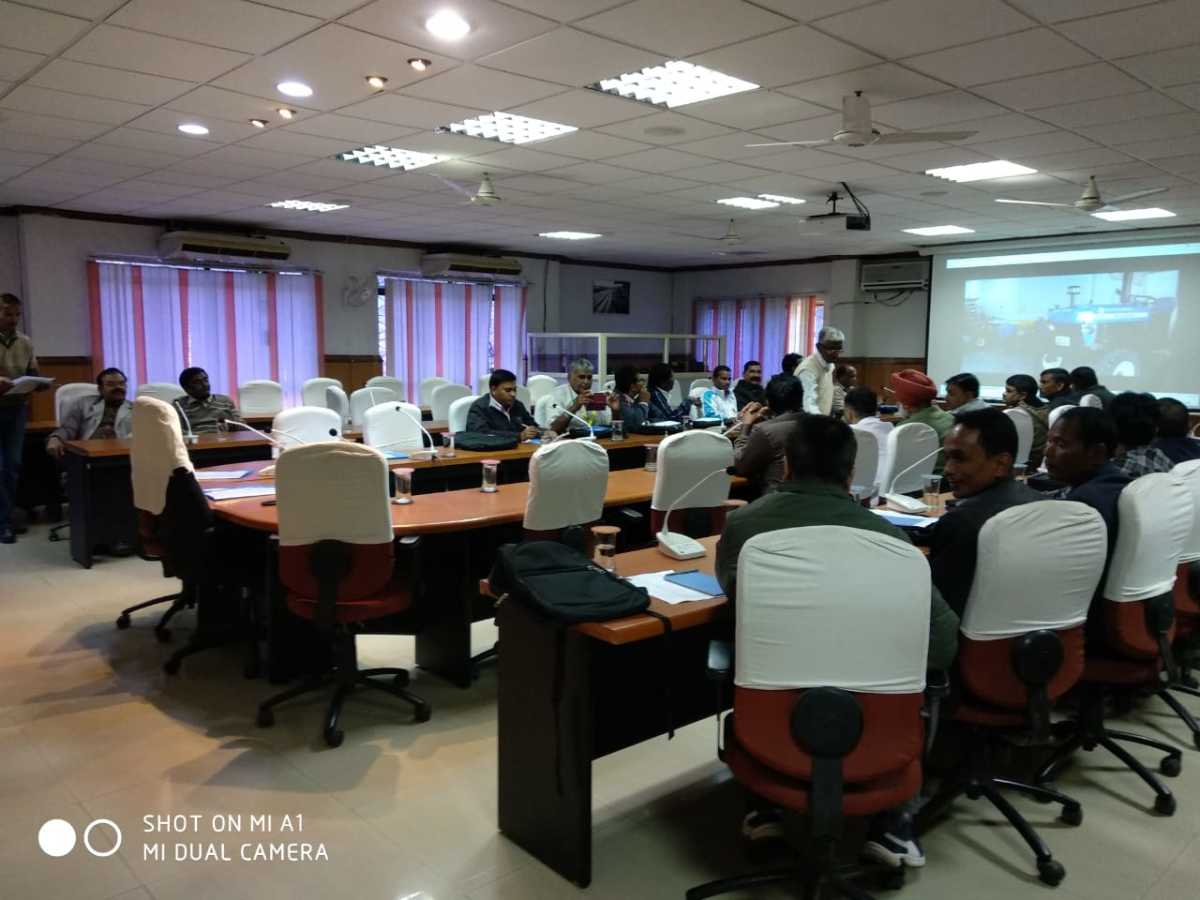The Indian State Has Created the 'Kashmir Problem' by Not Integrating It With India

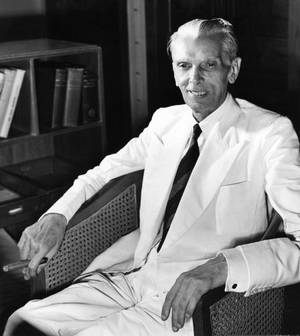
The beginning
On October 17th, 1949, Gopalaswami Aiyangar moved Article 306A in the Constituent Assembly; this later became the infamous Article 370. His reasons for moving this article was only to please Nehru who was keen that this article is incorporated in the Constitution. Pandit Nehru was the Prime Minister at that time. There was no worthwhile debate and it was thought that this article would let Kashmir maintain its identity. The entire process was seriously flawed as it conferred conditional citizenship on the Kashmir people and surprisingly the Supreme Court has allowed this article to stand; ignoring the fact that there is nothing like "conditional citizenship."
The effect of this article allowed uncertainty to blossom and the "Kashmir problem " was created. By incorporating this article in the Indian constitution, Nehru put an anchor around the necks of successive prime ministers who were all from the Congress party. No one had the courage to delete this obnoxious article from the constitution and one non-Congress Prime Minister, Atal Bihari Vajpayee(1998-2004) also totally failed. He turned out to be a supine leader like Nehru and looked for peace with an enemy brandishing a gun.
By allowing this article to stand the GOI had its hands tied and continued to "discuss" the "Kashmir problem" with Pakistan when Pakistan should have been told that there is nothing to discuss, except the withdrawal of Pakistan troops from Pakistan Occupied Kashmir. The Article gave a special status to the state of Kashmir and debarred citizens from any other part of the country to buy land or settle in Kashmir. Had this proviso not been there, the demographic color of teh population would have changed.
One can recollect that Bangladesh solved the problem of the insurgency by the Chakma tribals by settling vast numbers of Bengali Muslims in the Chittagong hill tracts. China is doing something similar in its restive Xinjiang province, where the local Muslims ( Uighurs) have raised the banner of revolt.
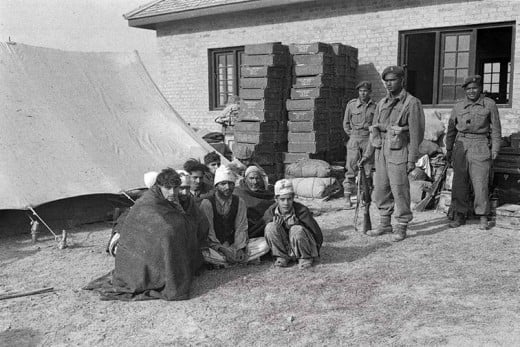
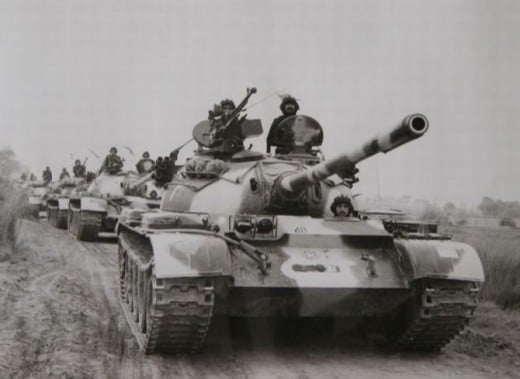
Pakistani attempts to take Kashmir by force
Pakistan has made four attempts to capture the Kashmir state on the basis of it being a Muslim majority state. They have had some success as almost 40% of the area of the Kashmir State was occupied in 1947-48 and still remains in their grip. Indians refer to it as POK(Pakistan occupied Kashmir) while Pakistan calls it Azad Kashmir ( free Kashmir). The occupation of a large part of Kashmir should never have been allowed but Nehru the Indian leader had no stomach for a prolonged conflict and naively went to the UNO and agreed for a ceasefire leaving more than a third of Kashmir in Pakistani hands. This was after the 1947 invasion of Kashmir when about 15000 tribesmen were sent into the Kashmir state with active help from the Pak army.
At that time the tide of battle had turned against the invaders and they had been uprooted from the Valley and Srinagar relieved. An invasion of Gilgit was in the offing when Nehru approached the UN.
One of the reasons for India approaching the UNO could be the influence of Lord Mountbatten, the Governor General at that time. He followed the British agenda and helped create a perpetual Kashmir problem. It is also on record that the British actively helped the Pakistan army to capture Gilgit by turning a blind eye to the killing of all the soldiers deployed by the Maharajah. As soon as Maharaja Hari Singh acceded to India on October 31, 1947, Major Brown the British agent in Gilgit imprisoned Brigadier Ghansara Singh, the commander of the small platoon of maharajah's troops , and informed his erstwhile British Political Agent, Lt Colonel Roger Bacon, who was then at Peshawar, of the accession of Gilgit to Pakistan. At that time the British aim was the creation of a weak state of India and everybody knows that Pakistan was created by the British and Jinnah was their ally.
The British were beholden to Jinnah for helping recruit large numbers of Moslems for the British army during World War II and it's on record that they NEVER jailed Jinnah while almost all Indian leaders were jailed for some time or other.
After the partial success of the Kashmir invasion in 1947-48, Pakistan thought to capture the rest of Kashmir in 1965.

Failure of Operation Gibraltar and Ayub Khan
In 1965 Pakistan Launched "operation Gibraltar" to try and capture Kashmir. How did Pakistan use this name? After all, we know Gibraltar is a famous British colony. Gibraltar is a corruption of Jebel al Tariq, Arabic for ‘Mount of Tariq’. In 711 CE, a small army of Berber Muslims led by Tariq bin Zaid landed on this tiny Spanish island. Zaid burned all the ships that had brought his force. The message was clear: victory or death. Tariq won and it was only after 700 years that the Moors( Moslems) were defeated. The Pakistan president at that time General Mohammed Ayub Khan took inspiration from this episode of Islamic history and thought the time was ripe to capture the entire Kashmir state
Unfortunately for Pakistan, India had a resolute leader in Lal Bahadur Shastri who allowed the Indian army to open a second front in Punjab and Pakistan was in a panic and the plan to capture Indian held Kashmir collapsed. The Indian army threatened Lahore and Pakistan was in a dilemma. A cease-fire stopped the war which at best can be termed a draw.
Pakistan again tried the same tactics in 1971 and 1998 but made little headway, But the failure of the Indian state to mount an effective counterstrike and capture Azad Kashmir or any other part of Pakistan remains something that is unexplained. No attempt was made to "liberate" POK. Maybe it was timidity or the fond hope that Pakistan will see reason. Whatever it was, it gave the Pakistan army a hope that they could take Kashmir as India had not integrated the state with the mother country.
Failure of the Indian state
What stands out now in 2019 after the Pulwana massacre, where 42 Indian soldiers were killed in a suicide attack is the appearance of the Indian state as a soft underbelly in the sub-continent. Kashmir is allowed its own constitution and Indian citizens are effectively barred from settling or buying property in Kashmir. No law passed by the Indian parliament is applicable to Kashmir unless approved by the Kashmir assembly.
The government has also for decades been treating separatist leaders with kid gloves and money is paid to next of kin of slain terrorists. The course of action should have been the removal of Article 35 A and by corollary Article 370 which confers special status on Kashmir. By keeping these anachronistic provisions, India has weakened its case in the world polity of nations and Pakistan can say that the terror movement is a "freedom struggle". Many foreigners have asked me if Kashmir is a part of India why are their special laws of residence and Kashmir has a separate constitution and flag? Who will give the answer? there is none and unless India has a Bismark or Fredrick the Great, the nation may well have to seek an adjustment in Kashmir. God forbid.
Last Word
I am indebted to Veteran Major General S Vombatkere who has forwarded a reference from the Hindu Newspaper. The Hindu article states that Islamic State (IS) has claimed for the first time that it has established a “province” in India after a clash between militants and security forces in the Kashmir region killed a militant with alleged ties to the group.
IS's Amaq News Agency late on Friday announced the new province, that it called “Wilayah of Hind”, in a statement that also claimed IS inflicted casualties on Indian army soldiers in the town of Amshipora in the Shopian district of Kashmir. If this news is true the situation in Kashmir may well get out of hand and its about time the Indian leadership girded up its lions for some very tough decisions on Kashmir.


